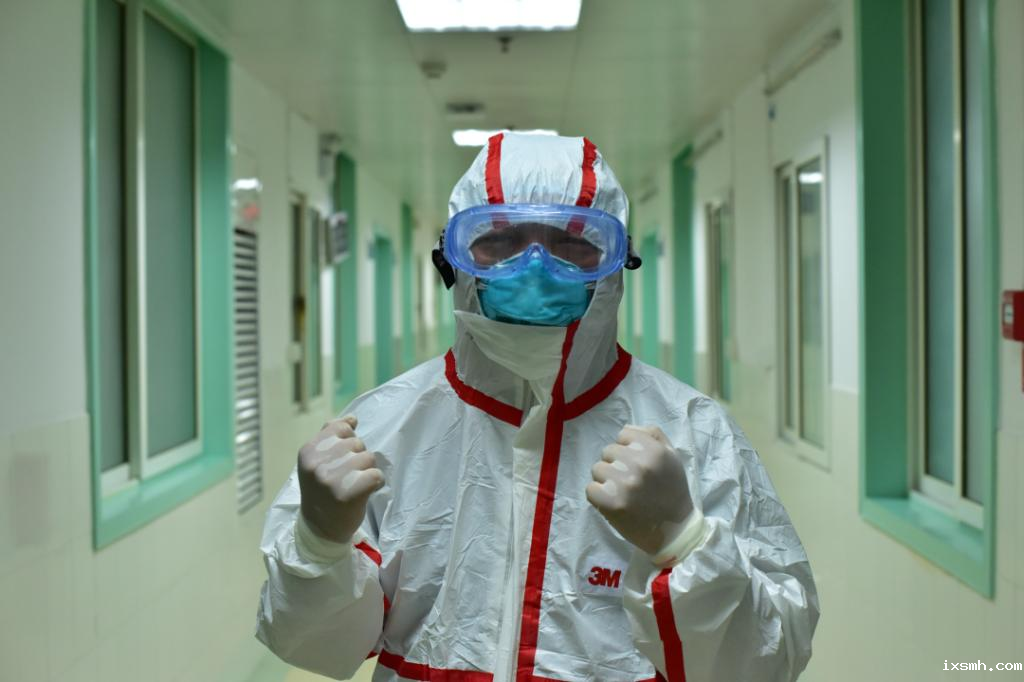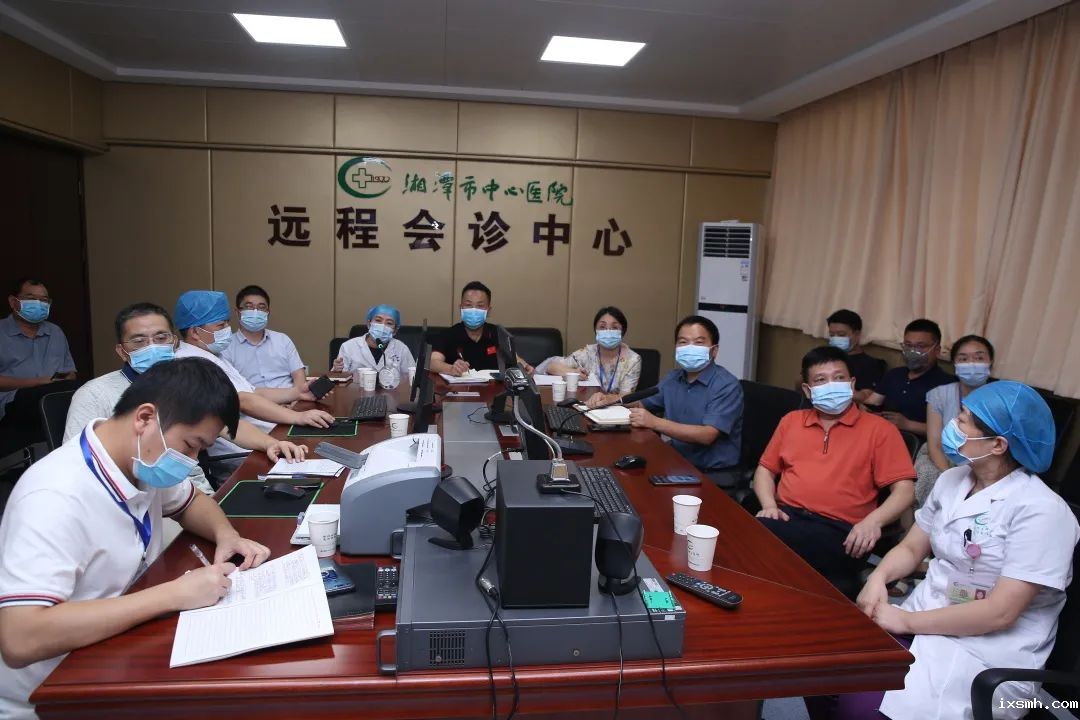In response to the new round of COVID-19 epidemic of concern to everyone, at 9 pm on August 4, Fang Zhixiong, director of the Public Health Clinical Medical Center of Xiangtan Central Hospital, accepted an interview.

Q: What is the overall situation of patients with COVID-19 in Xiangtan? How is the treatment of them?
A: Currently, the 2 confirmed cases and 2 asymptomatic infections in Xiangtan are being treated in isolation at our public health center. From the classification of the disease, we divide the confirmed patients into four categories: mild, normal, severe, and critical. The 2 confirmed patients in Xiangtan are ordinary patients with mild symptoms.

Q: Compared with those infected in 2020, what are the new measures for the treatment of patients with delta variants?
A: At present, there is no specific medicine for COVID-19. The treatment method is mainly adjusted according to the national diagnosis and treatment regimen. Strict quarantine is the first thing to do, followed by specific treatment, such as oxygen therapy, antiviral treatment, traditional Chinese medicine, etc. Compared with 2020, the comprehensive use of medical treatment, nursing, nutrition, and psychological intervention is not much different.
The difference is more reflected in the upgrade of prevention, control and management. Because Delta variant is more contagious and spreads faster-some cases show that the virus can be spread within 14 seconds without contact, and the patient has a higher viral load-we pay more attention to the prevention and control of people and items, inspecting their exchanges and flows between different floors. We adopted more stringent management of "three areas and two passages" (i.e, clean areas, semi-contaminated areas, contaminated areas, patient passages, and medical staff passages) and stressed on quarantine requirement education for cleaning, security, and other general logistics personnel.

Q: In the epidemic report in Zhuzhou in the past few days, we found that many asymptomatic infections were transferred to confirmed cases. Can you tell us about the condition and treatment of the two cases of asymptomatic infections in Xiangtan? Is there a high probability that they will be converted to confirmed cases?
A: The two cases of asymptomatic infections we are treating are all children. The younger brother is only 3 years old. At present, they relatively stable, and there is no fever, cough, diarrhea and other related symptoms.
Clinically, many asymptomatic infections will get better on their own. In addition, the children's medication cannot be the same as that of adults. We intervene and treat the two children mainly using traditional Chinese medicine, and observe, monitor, and control at any time to prevent conversion to confirmed cases. From July 29 to now, they have not developed any symptoms. The probability of them becoming confirmed cases is not very high, but it is not impossible. Our team will continue to do a good job of intervention and treatment, and go all out to prevent the conversion of confirmed cases.

Q: At present, how many days does it take for the patients to be cured and discharged from the hospital?
A: From the information I have, there are currently no discharged patients from this round of the epidemic in Hunan, and there are not many severely ill patients. The average length of hospitalization for the confirmed patients we admitted last year is two to three weeks, and they went home and quarantined for another week. The hospital stay of patients with Delta variant this year should be relatively longer, and the isolation time after discharge from the hospital will also be extended to two weeks.

Q: Do you have any suggestions for everyone about prevention and control?
A: It is still necessary to remind everyone to take good personal protection. With the help of big data, we should promote early detection, early quarantine, and early treatment, control the source of infection, and cut off the route of transmission. Of course, the most effective way to protect susceptible populations is vaccination. Vaccination does not mean 100% prevention of infections, but the incidence of severe illness and mortality in vaccinated populations will be greatly reduced.